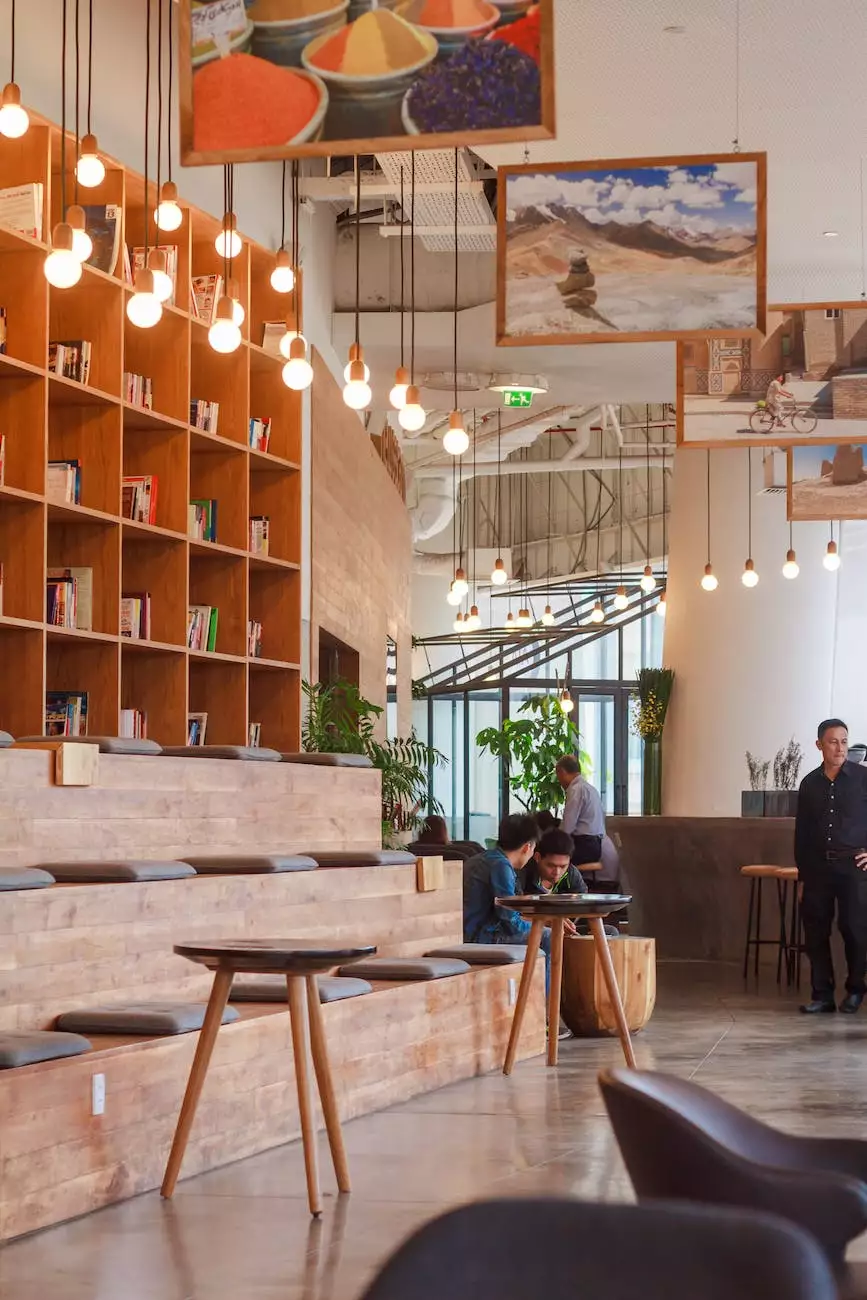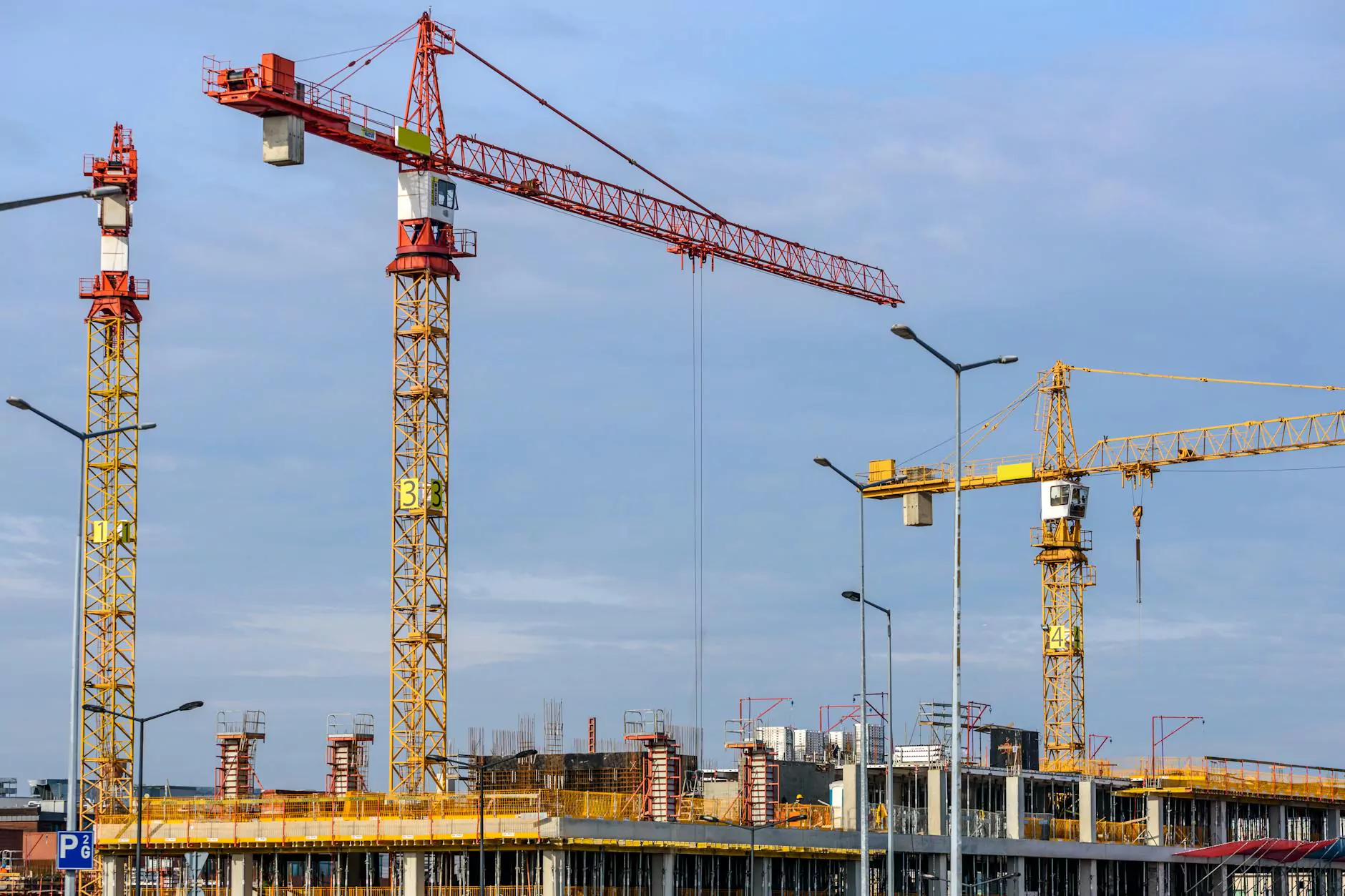Features And Cost To Develop Indoor Navigation Application
Development Partners
Introduction
Welcome to Maslow Lumia Bartorillo Advertising's insights on the features and cost associated with developing an indoor navigation application. In today's fast-paced world, businesses across various industries are leveraging technology to improve customer experience and streamline operations. An indoor navigation app can be a game-changer for businesses looking to provide seamless navigation within their indoor premises, enhancing user experience and driving increased productivity. In this comprehensive guide, we will delve into the key features and the associated cost involved in developing a high-quality indoor navigation application. Let's get started!
The Importance of Indoor Navigation Apps
With the rise in consumer expectations for efficient and convenient navigation in both outdoor and indoor environments, indoor navigation apps have become an essential tool for businesses. Whether it is a shopping mall, airport, museum, hospital, or any large indoor space, a well-designed indoor navigation app offers numerous benefits for both customers and businesses alike.
Streamlined User Experience
Indoor navigation apps simplify the process of finding specific locations within an indoor space. Users no longer have to rely on paper maps or struggle to find their way through complex structures. With a user-friendly interface and intuitive features, an indoor navigation app provides step-by-step directions, helping users navigate seamlessly from one point to another.
Enhanced Business Productivity
For businesses, an indoor navigation app can significantly improve productivity by minimizing the time and effort required to guide visitors, employees, or customers to their desired locations. It eliminates the need for personnel to provide directions, allowing staff to focus on more critical tasks. The app can also collect valuable data, providing insights into user behavior, popular routes, and areas that need improvement, enabling businesses to optimize their operations for better efficiency.
Key Features of Indoor Navigation Applications
When developing an indoor navigation application, it is crucial to incorporate key features that ensure a seamless user experience. Here are some essential features that should be considered:
Real-time Location Tracking
An indoor navigation app should utilize technologies like Bluetooth Low Energy (BLE) beacons, Wi-Fi, or indoor positioning systems to provide accurate real-time location tracking. This enables users to precisely locate themselves within the indoor environment and receive real-time directions.
Interactive Maps
Interactive maps are a vital component of an indoor navigation app. These maps should be visually appealing, easy to understand, and enable users to zoom in, zoom out, and access specific locations effortlessly. Integration with additional features such as search functionality and points of interest can further enhance the user experience.
Turn-by-Turn Directions
A top-notch indoor navigation app should offer turn-by-turn directions to guide users from their current location to their desired destination. Clear instructions and voice-guided prompts ensure that users can navigate with ease, even in complex indoor environments.
Search Functionality
A robust search functionality is crucial for users to easily find specific points of interest within an indoor space. Whether it's locating a particular store in a mall or finding the nearest restroom, a well-implemented search feature can save users ample time and frustration.
Customizable Wayfinding
Different indoor spaces have unique layouts and requirements. Offering customizable wayfinding options allows businesses to tailor the app to their specific environment, ensuring accurate navigation and a personalized user experience. Custom icons, landmarks, or color-coding can further enhance the wayfinding process.
Accessible Design
Ensuring accessibility is essential to cater to users with disabilities. The app should comply with accessibility guidelines, providing options such as audio descriptions, assistive touch, and text-to-speech capabilities to ensure an inclusive experience for all users.
Cost to Develop an Indoor Navigation Application
The cost involved in developing an indoor navigation application can vary depending on several factors. It is essential to evaluate these factors to create a realistic budget for your project. Here are the key aspects that influence the cost of development:
App Complexity
The complexity of your indoor navigation app, including the number of features, integrations, and customization requirements, will impact the development cost. More complex apps with advanced functionalities will generally require more development time and resources, resulting in higher costs.
Platform Compatibility
Deciding whether to develop a native app or a cross-platform app can influence the overall cost. Native apps are platform-specific, requiring separate development for iOS and Android. Cross-platform apps, developed using frameworks like React Native or Flutter, offer cost savings as they can be deployed on multiple platforms with shared code.
Design and User Interface
Investing in a visually appealing and user-friendly design is crucial for the success of your indoor navigation app. Hiring skilled UI/UX designers who understand the intricacies of designing for indoor navigation apps may involve additional costs but can significantly impact user satisfaction and engagement.
Data Integration
Integrating your indoor navigation app with other systems or data sources, such as building management systems, Wi-Fi networks, or databases, can impact the overall development cost. The complexity of integrating these systems and accessing real-time data will influence the time and effort required by developers.
Maintenance and Updates
Factor in the ongoing maintenance and updates required for your app after its initial development. Regular updates, bug fixes, and improvements will incur additional costs. Considering long-term support and maintenance is essential for the longevity and success of your indoor navigation application.
Conclusion
In conclusion, developing an indoor navigation application can revolutionize the way businesses and users navigate complex indoor environments. By incorporating features like real-time location tracking, interactive maps, turn-by-turn directions, and search functionality, businesses can enhance user experience and drive productivity. When considering the cost of developing an indoor navigation app, it's vital to analyze the complexity, platform compatibility, design, data integration, and ongoing maintenance requirements. Consulting with experienced developers and marketers, such as the team at Maslow Lumia Bartorillo Advertising, can help you navigate through the development process and create a highly functional app that meets your business objectives. Take the leap towards indoor navigation excellence and unlock the full potential of your indoor space!










